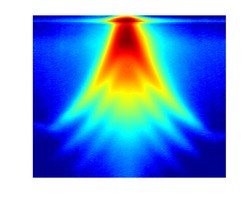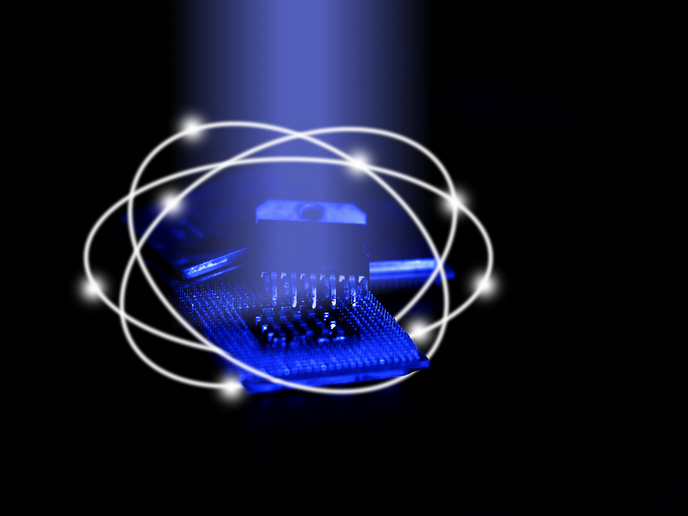New-generation researchers for new technology
The attractive force between negatively charged electrons and positively charged holes binds excitons in semiconductor materials. Because of this force, these quasiparticles tend to recombine fast. However, their lifetime can be increased to a few microseconds by confining electrons and holes in separate layers of material, forming what are called indirect excitons. Indirect excitons can then be cooled to low temperatures and form a quantum gas. They can be controlled by voltage and provide the basic building blocks of new excitonic devices. The main objective of the INDEX(opens in new window) (Indirect excitons: Fundamental physics and applications) project was to embed young researchers in an interdisciplinary framework of research and development (R&D) activities in this emerging field. INDEX partners provided a unique platform for training a new generation of physicists to contribute with ideas and concepts to the development of a truly innovative technology. The active participation of four industrial partners gave added value to the training. Moreover, the synergy between partners from academia and the private sector contributed to expediting research findings, paving the way to market maturity. Eleven PhD students and three postdoctoral researchers were recruited and received training at INDEX partners' laboratories. They were provided with theoretical background and experimental skills in the latest developments regarding the condensation of excitons and spin transport of spatially indirect excitons. This knowledge serves as a starting point to explore new physics of excitons confined in electro-optical traps. The main scientific achievements of the network have included: finding evidence for macroscopic coherence and condensation of excitons, including condensation in electrostatic traps; finding evidence of geometrically controlled phase transition and bias-controlled spin transition in exciton-polariton condensates, opening up a new range of devices; and developing an optically controlled excitonic transistor. These results constitute a major breakthrough in excitonics. In addition to theoretical and experimental work on excitons, INDEX fellows also devoted efforts to the conceptual design of excitonic devices. The ultimate attainment of the INDEX project's R&D targets will make a substantial contribution to increased European competitiveness in one of the most promising new technological fields.







